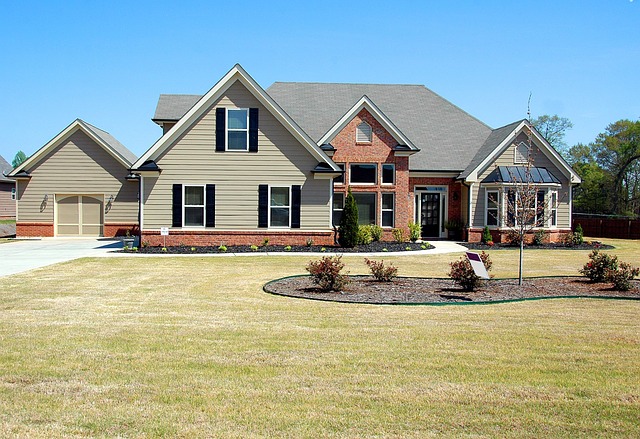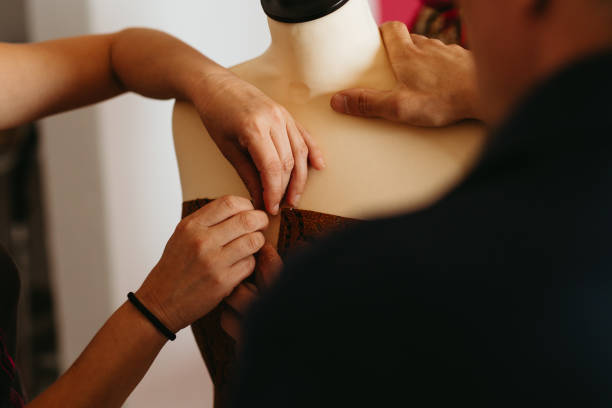The Benefits of Building a Backyard Apartment
Backyard apartments, known as Accessory Dwelling Units (ADUs), are becoming increasingly popular in the U.S. These versatile living solutions offer enhanced family connections, increase property value, and generate rental income. Despite challenges such as costs and zoning regulations, understanding their benefits and considerations equips homeowners to capitalize on this real estate trend.

Understanding ADU Fundamentals and Market Potential
Accessory Dwelling Units represent self-contained living spaces that can be attached or detached from the main residence. These structures typically range from 400 to 1,200 square feet and include essential amenities like kitchens, bathrooms, and separate entrances. Market analysis indicates that ADUs can increase property values by 20-30% while providing rental income that often covers the initial investment within 5-7 years. The growing demand for affordable housing options has made ADUs particularly attractive in high-cost urban areas where rental inventory remains scarce.
Navigating Local Regulations and Zoning Requirements
Success in ADU development begins with thorough understanding of local building codes and zoning restrictions. Most municipalities require specific setbacks from property lines, height limitations, and minimum lot sizes. Additionally, regulations often dictate requirements for parking, utility connections, and occupancy limits. Working with local planning departments early in the process helps identify potential roadblocks and ensures compliance with all necessary permits and inspections.
Design Considerations for Maximum ROI
Strategic design choices significantly impact both construction costs and rental potential. Efficient floor plans that maximize living space while minimizing square footage help control building expenses. Popular design elements include high ceilings, large windows for natural light, and multi-functional spaces. Including premium features like separate HVAC systems, soundproofing, and private outdoor areas can command higher rental rates and attract quality long-term tenants.
Financial Planning and Construction Management
Developing an ADU requires careful financial planning and realistic budget projections. Construction costs typically range from $100,000 to $200,000, depending on size, location, and finish quality. Financing options include home equity loans, construction loans, or cash-out refinancing. Working with experienced contractors who understand ADU specifications helps prevent costly mistakes and ensures timely project completion. Important considerations include site preparation, utility connections, and potential impact on existing landscaping.
Marketing and Property Management Strategies
Successfully marketing an ADU requires understanding local rental markets and target tenant demographics. Young professionals, small families, and remote workers often seek these spaces for their blend of privacy and affordability. Effective property management includes establishing clear tenant screening processes, maintaining separate utility meters, and developing policies that promote harmony between main house and ADU residents. Regular maintenance schedules and prompt attention to repairs help protect the investment and maintain optimal rental rates.
Long-term Value and Market Adaptability
ADUs offer remarkable flexibility for changing life circumstances. Beyond immediate rental income, these structures can serve as housing for aging parents, adult children, or home offices. As housing preferences evolve, ADUs continue gaining popularity among buyers, making them valuable assets for future property resale. Market research suggests properties with well-designed ADUs typically sell faster and command premium prices compared to similar homes without additional living spaces.
Legal and Insurance Considerations
Protecting your investment requires appropriate insurance coverage and legal documentation. Separate insurance policies may be necessary for the ADU structure and liability coverage for tenants. Professional legal assistance helps create comprehensive lease agreements addressing unique aspects of ADU rentals, including shared space policies, maintenance responsibilities, and privacy considerations. Regular review of insurance and legal documents ensures continued protection as regulations and market conditions change.
Sustainable Development Practices
Incorporating energy-efficient features and sustainable materials into ADU construction provides long-term cost savings and appeals to environmentally conscious tenants. Solar panels, efficient insulation, and smart home technology can reduce utility expenses while increasing property value. Water-saving fixtures and drought-resistant landscaping help minimize resource consumption and maintenance requirements.




